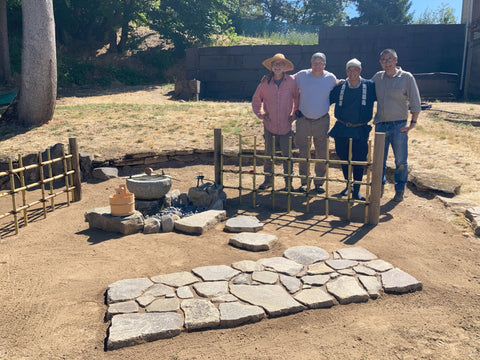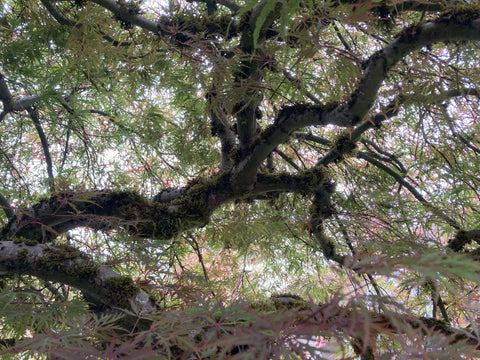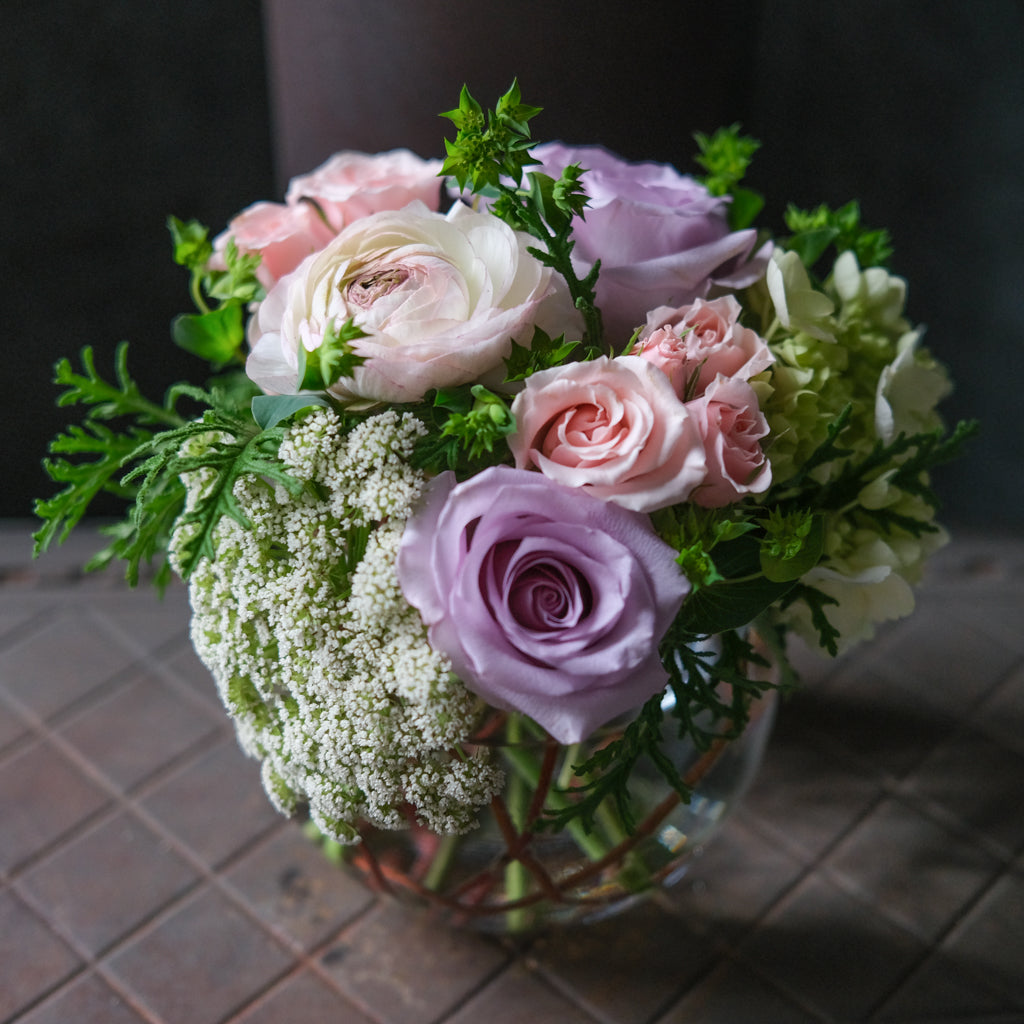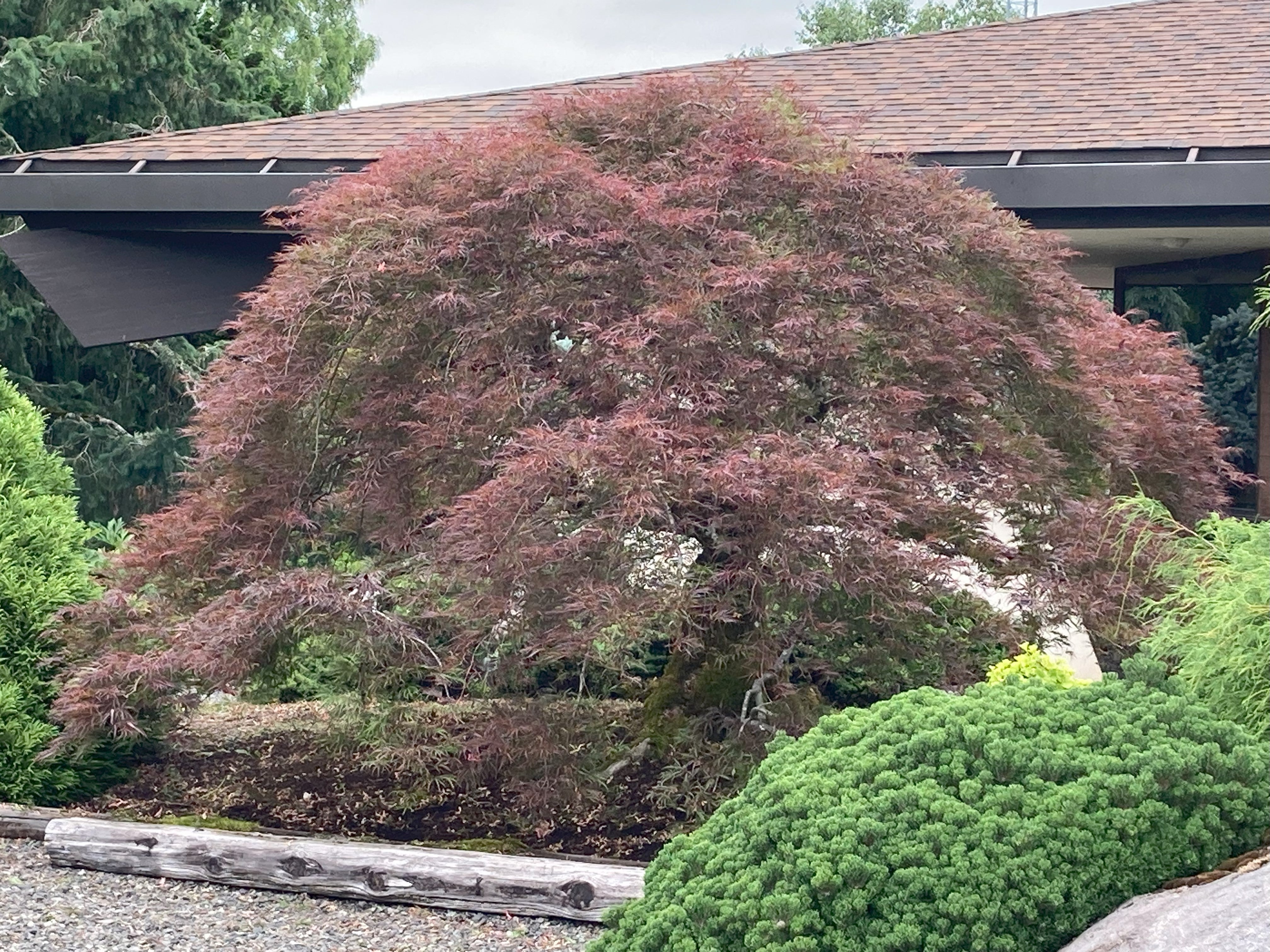Thought I’d share with you some experiences, learnings and thoughts from the eight-day Portland Japanese Garden seminar at which I was a student this July.
Called Waza to Kokoro - Hands and Heart - Intermediate Level 2, it was my second trip out to the Portland Oregon garden for instruction since completing level 1 in 2019.
Japanese gardens have always held a certain mystique for me. In attending this program I hoped to demystify some of the thinking and techniques used in their creation.
After being accepted as worthy to attend (there were 11 of us from around the US plus 2 of their employees) we were given some 200-plus pages of the history, philosophy, and aesthetics of the style to read, videos to watch, and reading questions to answer and submit. I learned that the Japanese Garden style(s) is a deep tradition going back more than a thousand years. While it was influenced repeatedly by Chinese gardens, the Japanese style maintained a uniqueness owed to Buddhism, Taoism, and Shinto. It seems to me that this garden style is not used to be meditated upon but is rather a manifestation of the meditating minds of Zen Buddhist monks.
Each morning of the seminar for me started with a vigorous 30-minute walk uphill through a verdant old neighborhood and into a natural forest park. As I rounded a bend, the locally famous Portland International Rose Test Garden greeted me with a burst of color and fragrance—quite a difference from the entrance to the Japanese garden next door with its quiet manicured greens and gentle sounds of water.
Our instructors had decided our focus would be on perhaps the best known Japanese garden, the Tea garden. Designed for the Tea ceremony (which we quietly had each day) it contains stepping stones, boulders, bamboo fencing, plants, and a stone water basin (tsukubai) feature all arranged to feel like a natural mountain setting leading to the rustic tea house.

The instructors divided us into small groups of 3. My group had a leader from Tokyo and a translator. It was difficult for our Japanese leader to teach a short seminar because they had learned by watching and doing over a years-long apprenticeship. We constructed the proportional stone elements of a Tsukubai feature under our sensai’s watchful eye, learning to tell quickly when a stone was “no good” for its position and to respect the stones, keeping them swept clean during the process and to finish in a timely manner.
Here is our group with the completed stone Tsukubai arrangement.

One whole day was spent on pruning Japanese Maples with a constant tutorial dialogue about different forms and the ultimate goals for the trees. It was actually a powerful presentation on Japanese aesthetics, such as the beauty of empty space and the asymmetrical.

Interestingly a large portion of our time was spent on the aesthetics of the tea garden, which should reject ornateness and instead express the four characteristics of suggestion, irregularity (asymmetry and variability), simplicity, and perishability . The feeling of aging materials (a refined rusticity) kept clean and well maintained allows the nature spirits to enter.
As I reflect on my experience during the seminar, I begin to see the visual of the rustic path and gates as a metaphor for an inward quest. Combining nature with human cultural interpretation and the act of caring for the garden create this “pathway” toward respect for our labors, each other, and nature.


